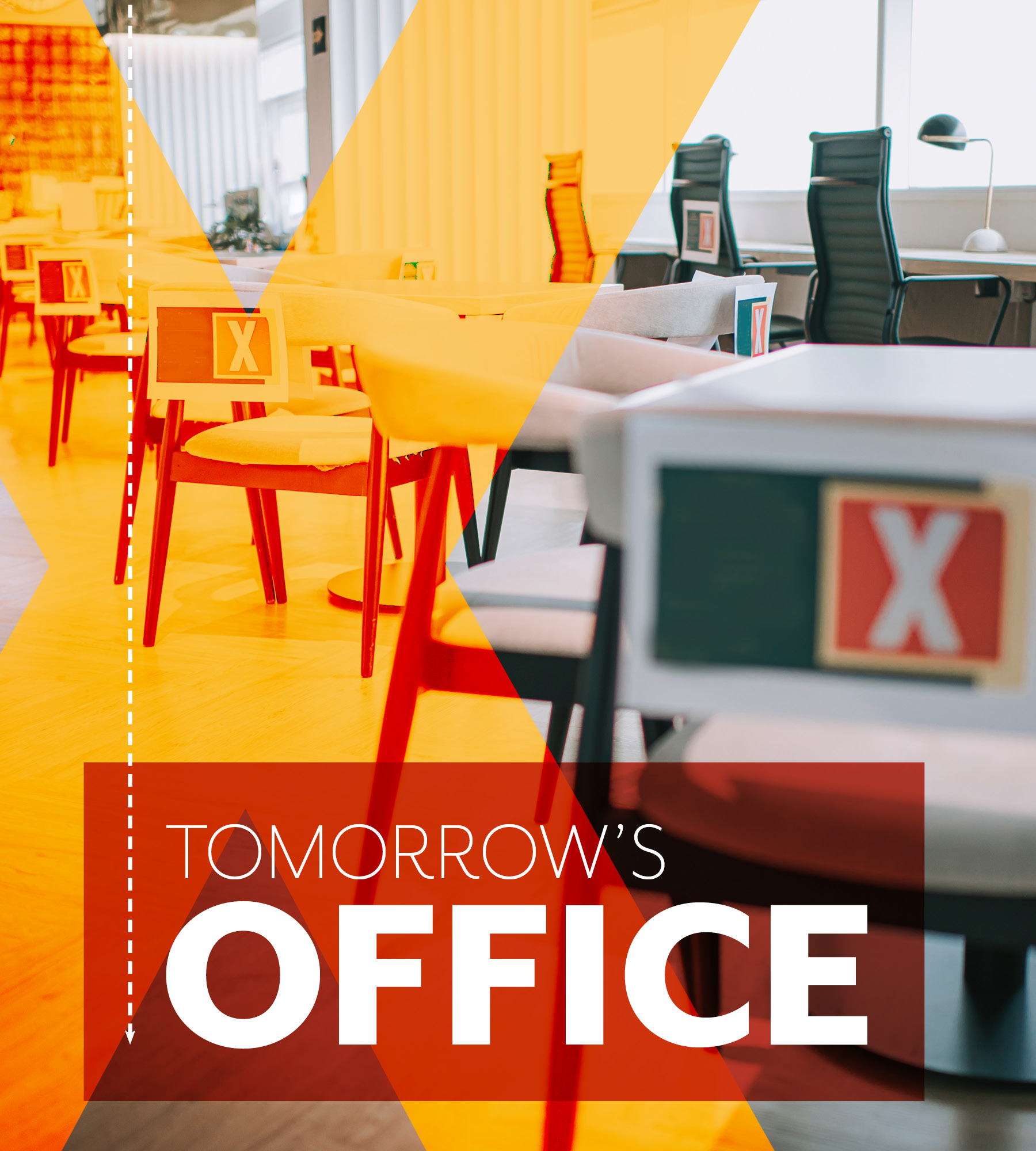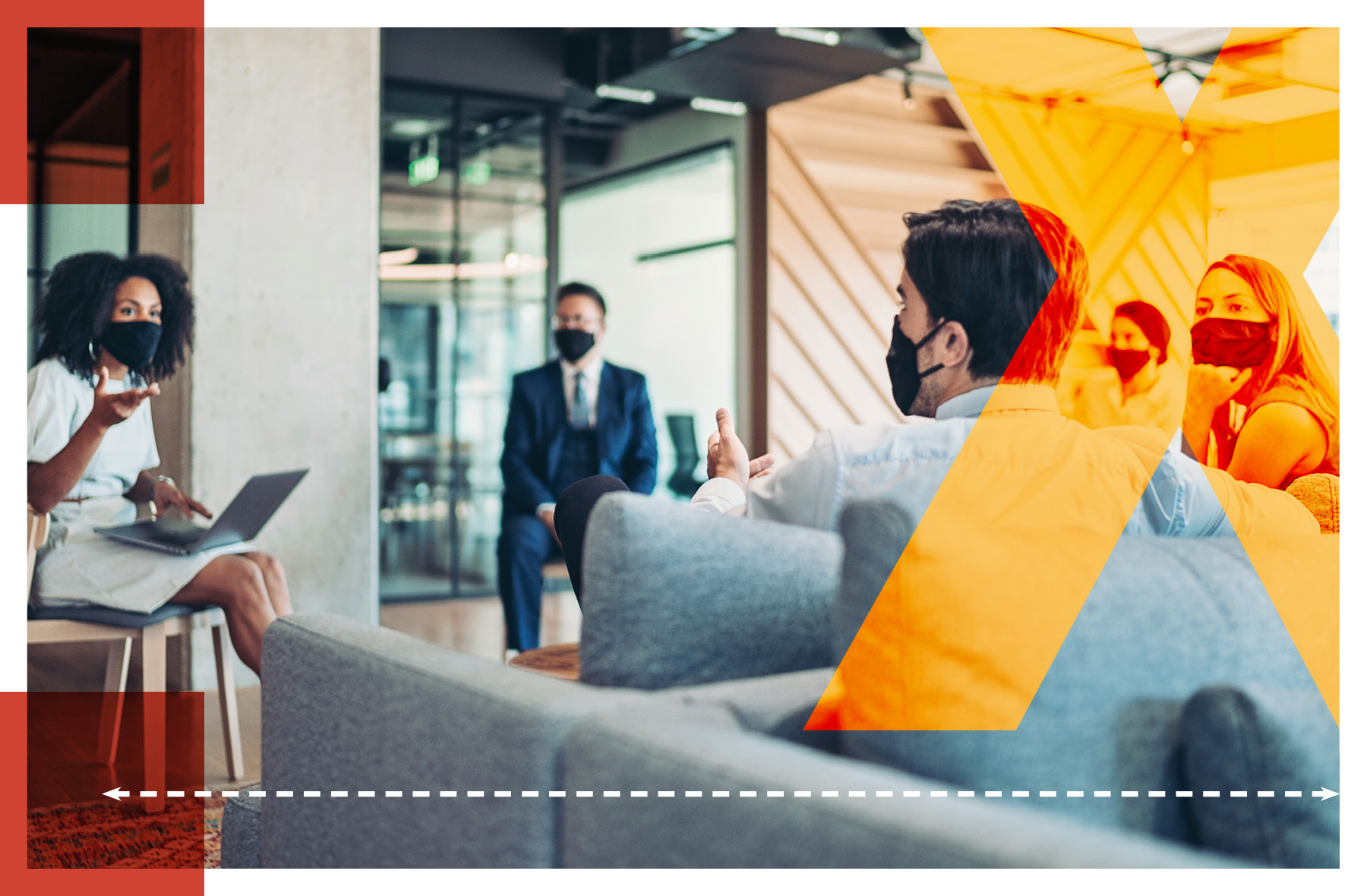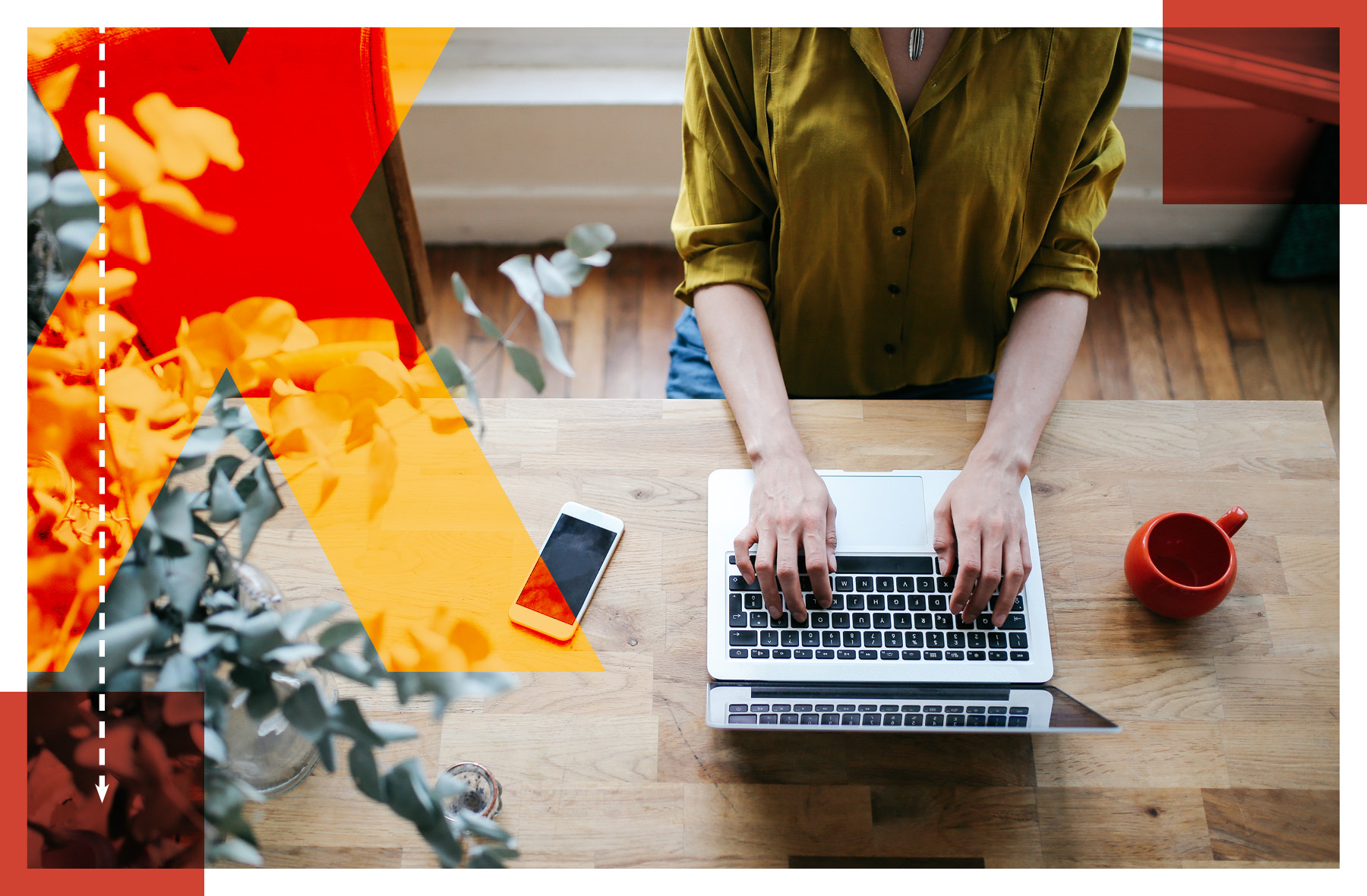Language
You can read the magazine in one of the following languages
Geolocation
You can read the global content or the content from your region

Back in 2020, following the onset of COVID-19, the majority of articles about the office suggested that its days were numbered, and we would never leave our safe working from home (WFH) havens again. However, as 2021 has hit the halfway mark, lockdown is wearing very thin for many, and some countries are returning to a semblance of normality as vaccine rates increase, so it increasingly looks like we will once again head into the office.
Having said that, it’s very unlikely many of us will do so five times a week, or that the office will resemble the one we fled around 18 months ago. From London to New York, Sydney to Singapore, the pandemic has been an opportunity for a paradigm shift in thinking about what the office actually exists for, and how we will best use it for the rest of the decade.
Possible changes include the desire for greater sustainability, better sanitization and hygiene, social distancing as standard, and more of the home comforts we’ve gotten used to. Smaller satellite offices could replace big statement CBD headquarters, and there will be a need for more meeting rooms with multiple videoconferencing facilities.
And it could all be very positive. The office could become somewhere we look forward to going to – a mini-conference centre we attend maybe twice a week for genuine collaboration and creativity, in a unique and welcoming environment.
A chance to blow away the cobwebs of growing existential angst in the vacuum of reduced human interaction, before we head home to be more focused and productive, away from the open-plan distractions.
Vicus Partners has operated in New York since 2007 and concentrates predominantly on small and medium-size businesses across the tech, media, legal and finance sectors, with a client roster that includes Oracle and Barclays.
The firm has identified six aspects that it believes will be essential in the new world office:
1 / Workstation physical distancing to always be a priority.
2 / Open floor plans are here to stay.
3 / Greater thought will go into furniture, appliances and features to ensure strict hygiene.
4 / Smaller conference rooms will emerge, with either no doors or with motion sensors to open them, and videoconferencing facilities as standard.
5 / Greater signage, stickers and decals will continue to guide workers.
6 / And the unconventional will increasingly be embraced – thinking outside the box and being unique will be valued in an attempt to create interesting environments that you want to attend at least once a week.

ArchitectureAU is learning from the past and how historical watersheds shaped our workplaces: World War II necessitated more women in the office, 9/11 led to greater levels of security, and now the pandemic will undoubtedly lead to a push for healthier workplaces – both in terms of hygiene and overall wellbeing.
It has turned its lens on four particular areas:
1 / Healthy and sustainable
Designers are adopting the World Health Organization’s manifesto for a healthy and green recovery from COVID-19. This will lead to spaces “that will benefit the physical, cognitive, emotional and social wellbeing of the workforce, together with environmentally sustainable design initiatives”. Expect green roofs and naturally ventilated spaces.
2 / Community
Breakout areas will increase in size and importance. These “third spaces” will be recognized as the space that yields the highest creative value for an organization.
3 / Collaboration and creativity
With WFH productivity high, just turning up to work will not be enough anymore – the workplace will be redefined as “an ideas factory of sorts, a place where people come together to collaborate, ideate and learn”.
4 / Social identity
The office will become a direct symbol of an organization’s culture, values and brand – it will physically embody the social identity and the sense of purpose it aspires to.

Award-winning Oktra is one of the UK’s leading office design and build companies, and has been defining the future of workspaces since 1995. The company agrees sustainability, wellbeing and community are the way ahead for UK offices post-COVID. And surely that can only be a good thing, right?
1 / Sustainable office design
Businesses will need to do even more to reduce their carbon footprint and build a more sustainable future.
2 / Flexible working
Yes, flexible workspaces have been around for a while now, but if you want your business to continue to attract top talent, then make sure you embrace it further. There are plenty out there who will.
3 / Wellbeing and human-centric design
Another cultural shift in 2021 will be offices designed around creating a workspace where employee safety and empowerment is prioritized. The pandemic has shown people what is really important, and that genie can’t go back in the bottle.
4 / Technology and smart offices
Remote working has solidified our reliance on digital information, and smart workspaces will take that to the next level, employing digital sensors to monitor and respond to things like occupancy, air quality and natural light levels.
5 / Connectivity and community
One of the biggest changes to the office is the way we see it – it’s not just a place with a desk, but the workplace itself has become a destination. For many employees who have become accustomed to focused home working, with limited opportunities for social interaction, “a day at the workplace has become an event, a refreshing opportunity to see friends, to be inspired, to come together, collaborate and connect”.

While a leader in many aspects of business life, Singaporean offices are still predominantly hierarchical and slightly traditional. In that respect, COVID-19 has forced many local businesses to follow the lead of global multinationals already in town.
In simple terms, the corner office will go and open-plan set-ups will become far more common. And while the country that has led the way in pandemic response will start to go about a life accepting that the virus will still circulate, it will still embrace social distancing. Even crowded trading floors will become more spaced out, and facial recognition systems will be part of the move to non-touch office navigation.
Hot-desking (with appropriate sanitization), motion detectors, temperature and face mask detection screening, as well as improved ventilation to avoid potential contamination are all on the way. And staff will be allowed to work from satellite offices or branches in addition to the main headquarters.
After 15 months of WFH, businesses may require full-office rethinks to lure employees back.
Studio EM is a team of designers that has specialized in retail and leisure interiors in addition to commercial and office design for the past decade.
One of the biggest Dubai office trends that the business has identified is that companies need to “make it feel homely” at work. People who have become used to the benefits of WFH want to bring those with them to the office.
That means their own (socially distanced) space, high levels of hygiene and sanitization, plants, fresh air and easy access to Zoom just about anywhere they want.
Believe it or not, the global future of the office appears to be going to work and trying to achieve a WFH vibe. Whether you can wear tracksuit pants all day is another matter.